Less wet birds of Arcata Marsh
Arcata Marsh and Wildlife Sanctuary
Click for map
I headed out to the marsh with the tide on its way out and a small hope of maybe recording a few local birds in a non-bird feeder scenario. The low tide may not be the best time for seeing the wading birds as they tend to be out finding food, but I think the land is more interesting when the water recedes. Besides, those aren't the ones that have been hanging out at the feeder. I started off at one of the larger lots near the Interpretive Center and headed for the edge of Humboldt Bay. (It was called Wigi once, if one gets tired of calling everything after Humboldt.)
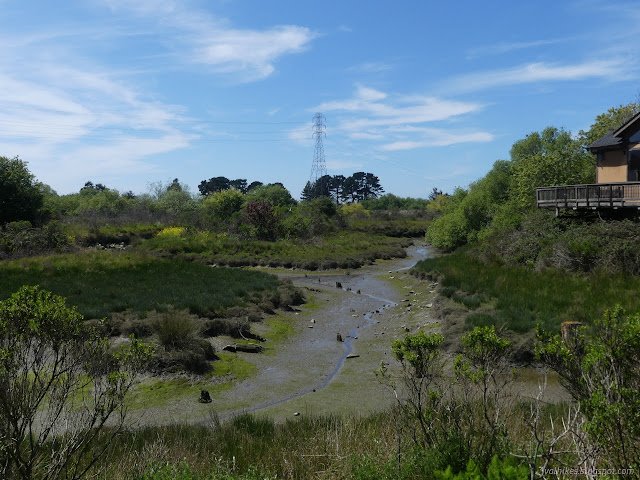
The first bird along was, happily, not one that has been frequenting the bird feeder although, from a certain point of view, it's a perfectly good feeding place. The operator of the feeder gets upset when such feeding happens.
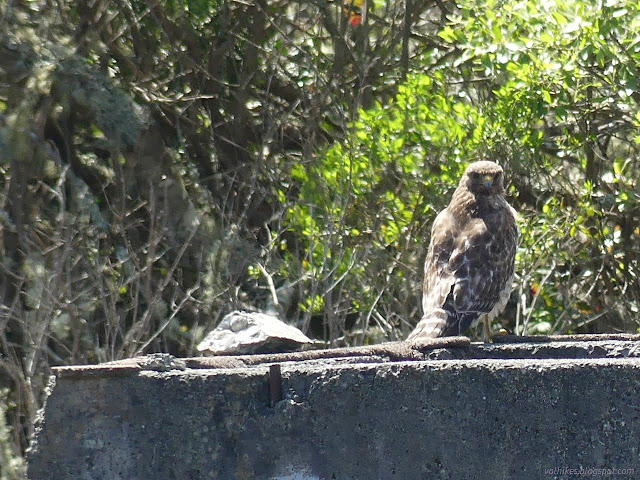
And then I found some of the waders. Well, floaters, really.

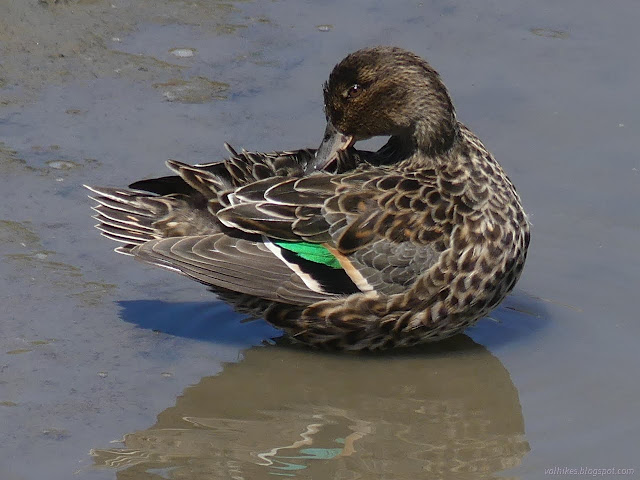
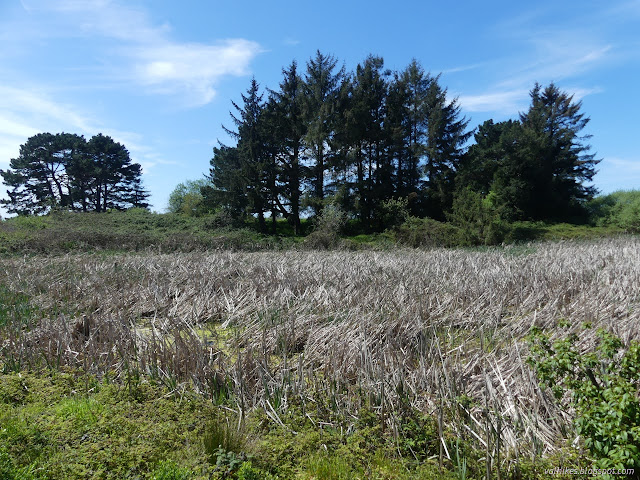
I caught one of the feeder frequenters among the trees that line the trail. I knew it would be a good place for them. The little chickadees were number one on my list to catch is a more wild environment.
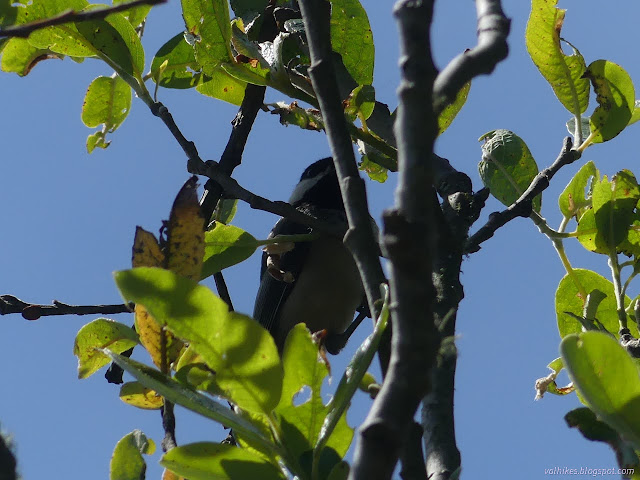
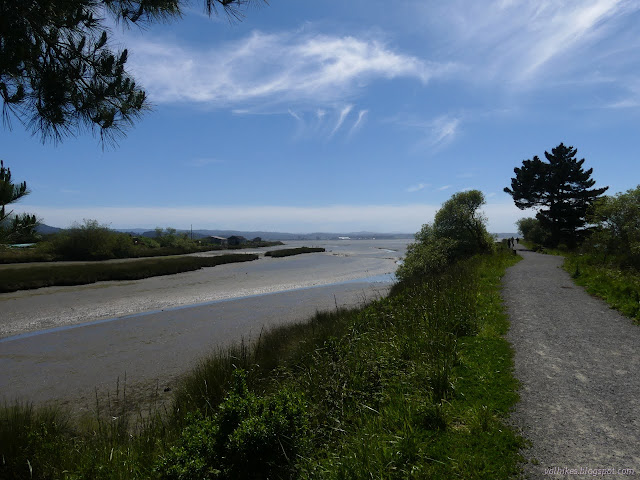
Klopp Lake might have a little depth to it, but it still surprised me to find a cormorant diving in it. I've even seen that sort of thing before. They don't have to dive 100 feet just because they can. More surprising was when someone asked me what that bird was because they're one of the ones I've known even before dropping things on iNaturalist.
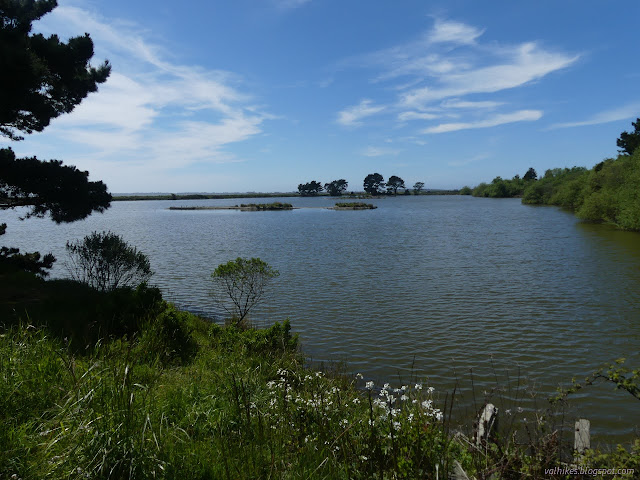
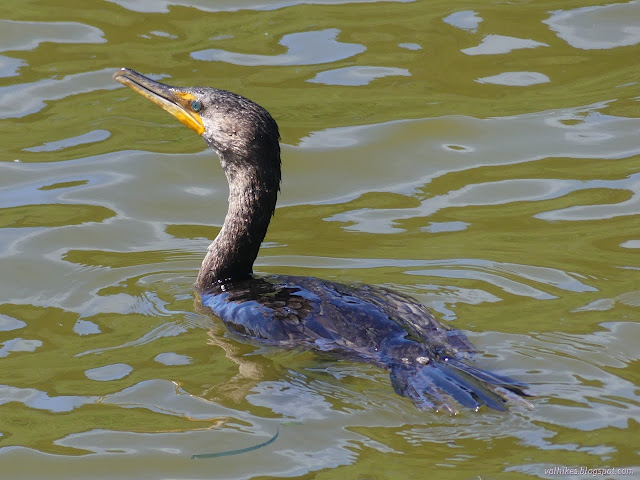

I took in the mud flats as well. The old bits of raised rail pilons seem to be vanishing fast, or perhaps the mud is higher.

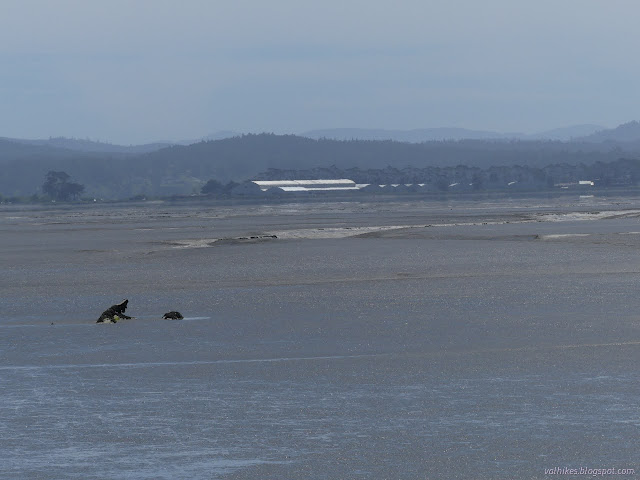
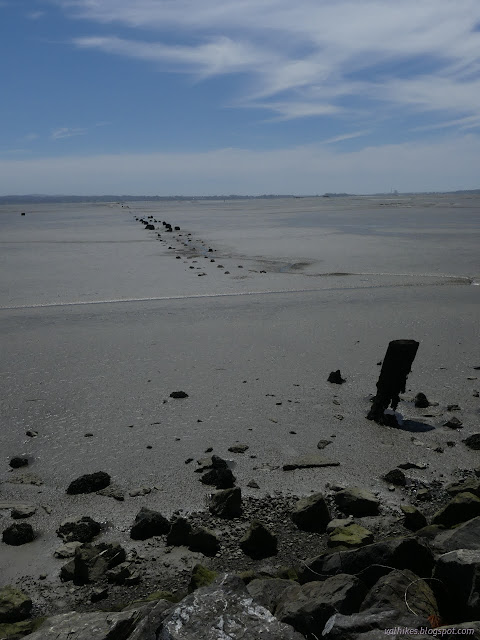
Serenaded by a song sparrow in the top of a pine, I headed north along a path where I have seen quail in the past. Marsh says, "Yeah, we got that," for practically everything. Just not today.
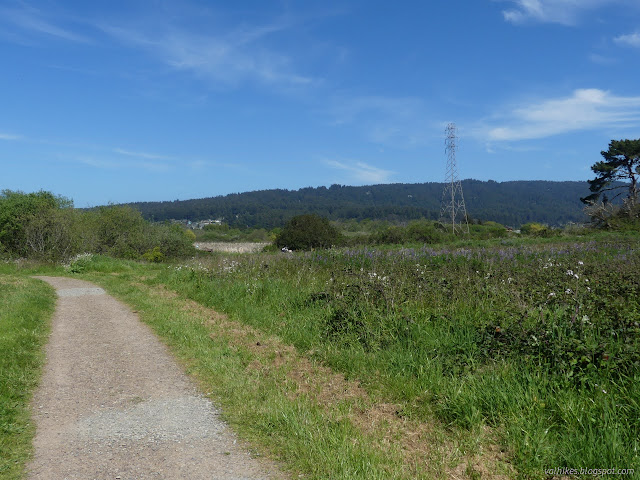
I crossed I Street, rather busy, to get to the trails along McDaniel Slough. It was a bit breezy and the birds out on the slough weren't quite as comfortable getting watched.

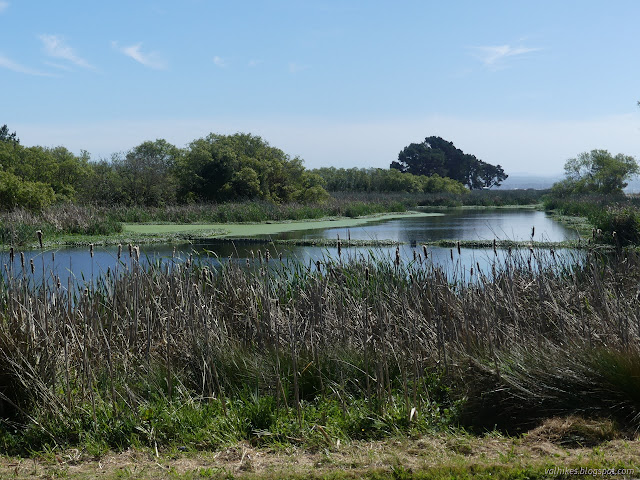
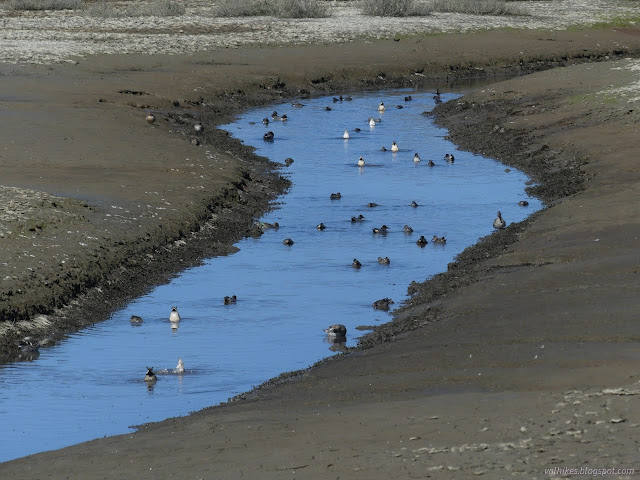
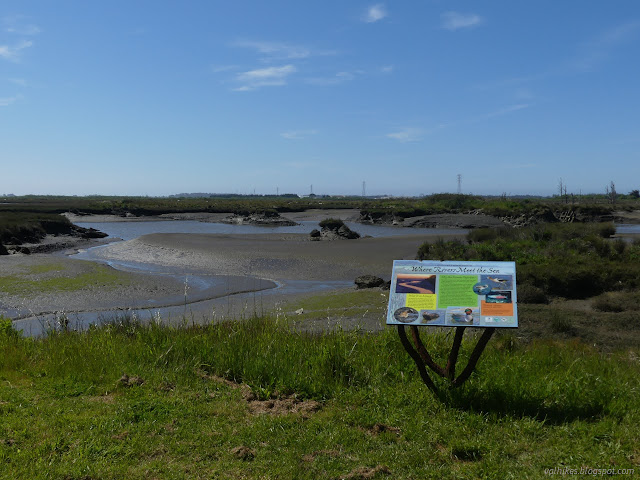
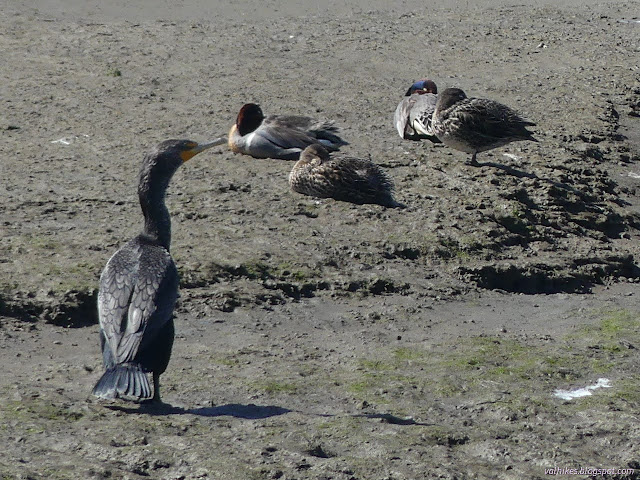
Presumably, one could just walk across to the Mad River Slough Wildlife Area, if one didn't mind getting wet and sinking into the mud. I worked my way along the edge on trails instead, until I ran into the highway.
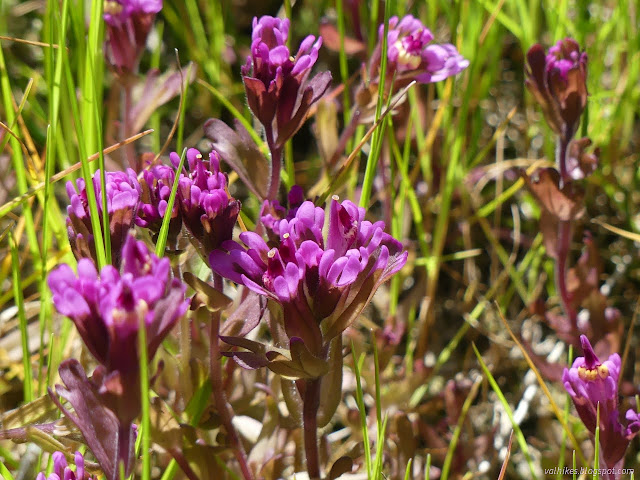
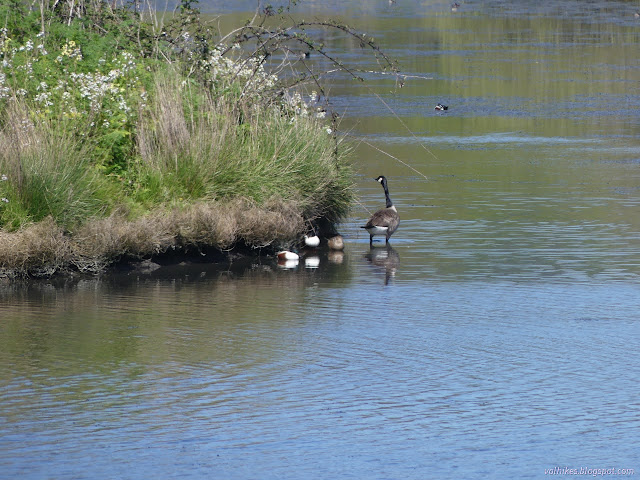
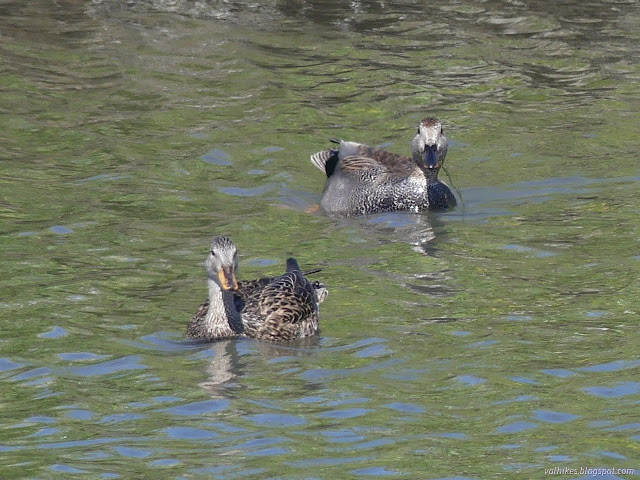
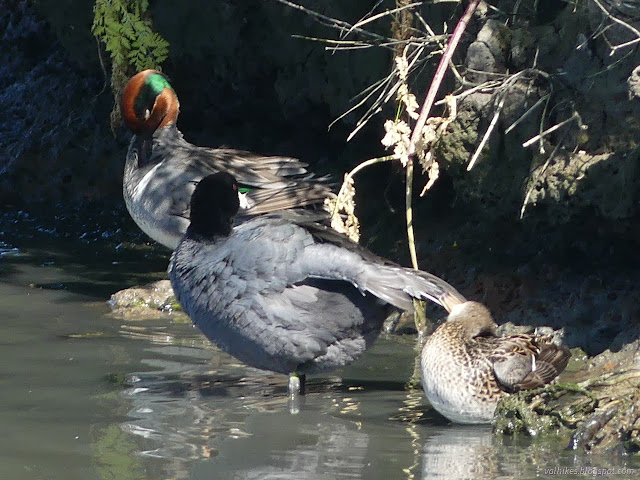

I had to slow down a bit (from not very fast) when it looked like I might have a chance to catch the little yellow bird that was teasing me so.
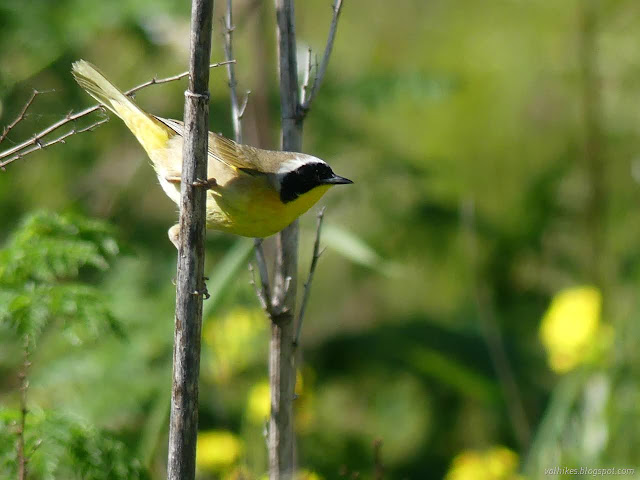
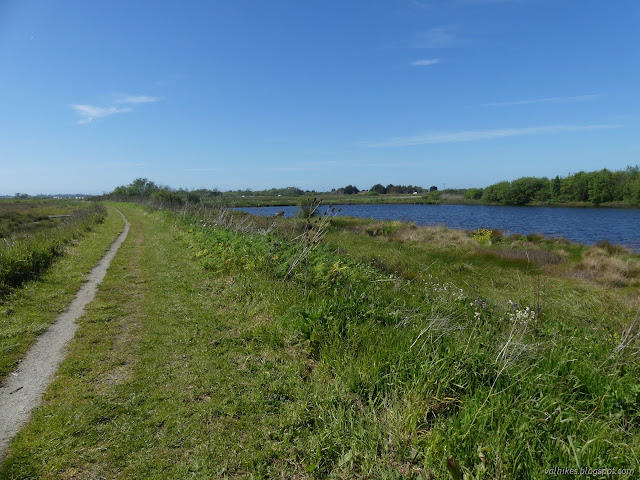
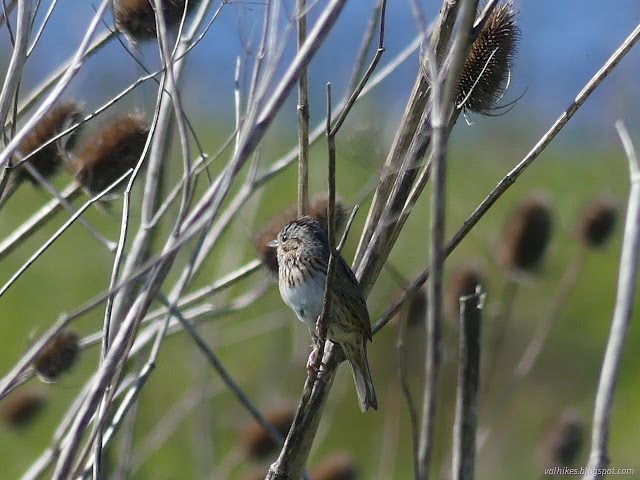
I found another way over to the Mad River Slough Wildlife Area, but the sign and gate indicated it wasn't an acceptable route.
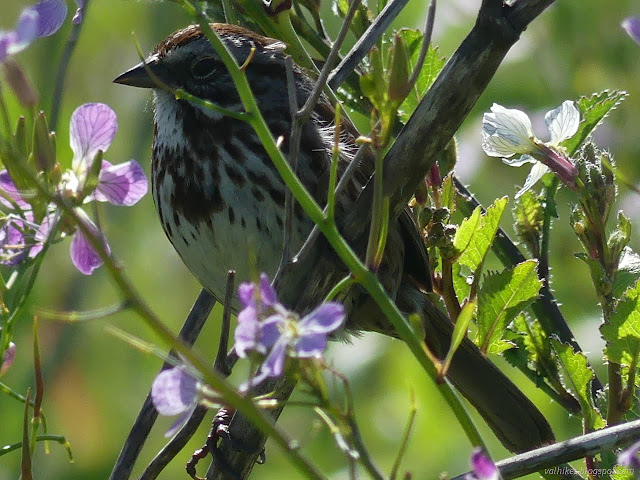

When I got to the highway, I found I didn't want to wander over to the adjacent lands that way either. There's barely a bike lane, and it was taken by some bikes. I turned back and headed around the other side of the Brackish Pond.


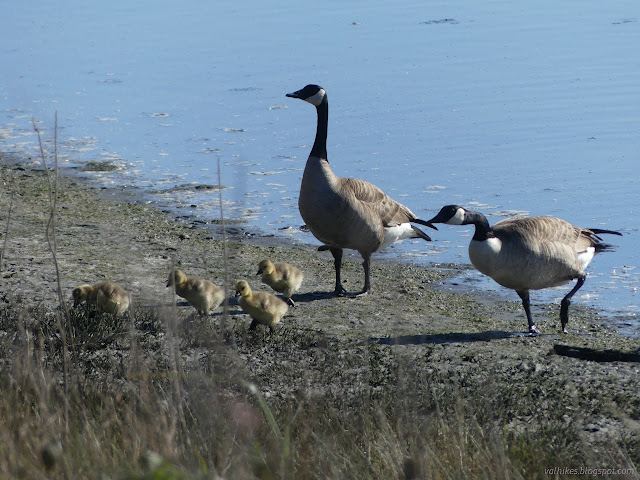
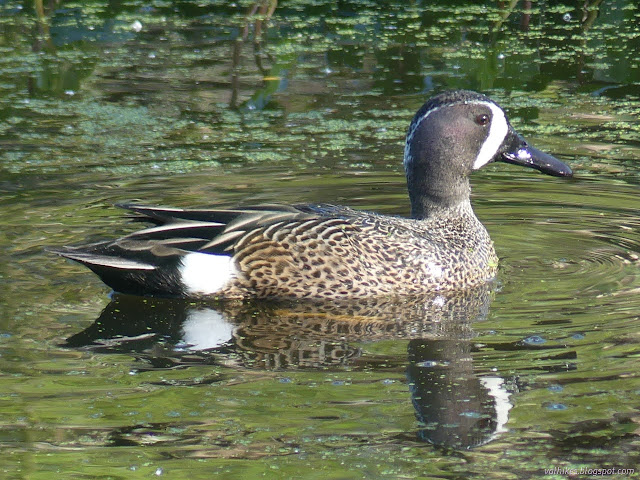
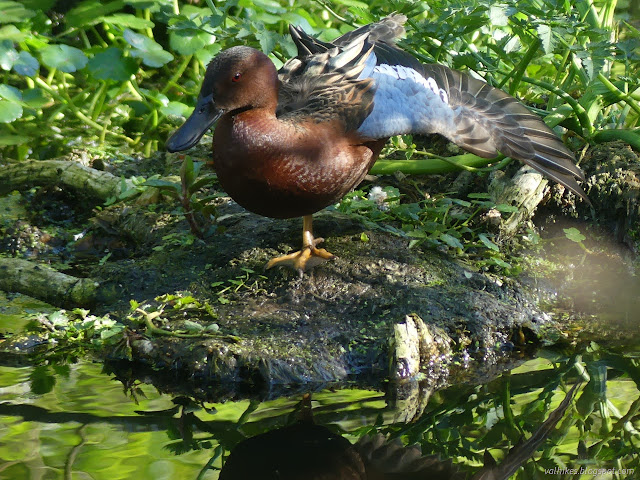

Then I went to scale the heights of Mount Trashmore! Disappointingly, it is not on Peakbagger. Yet.
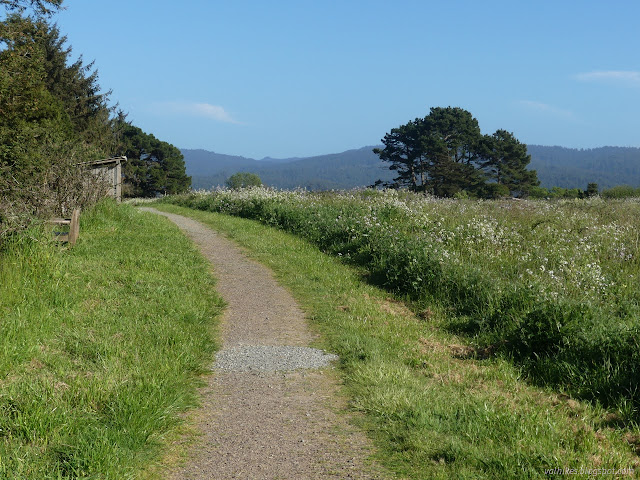
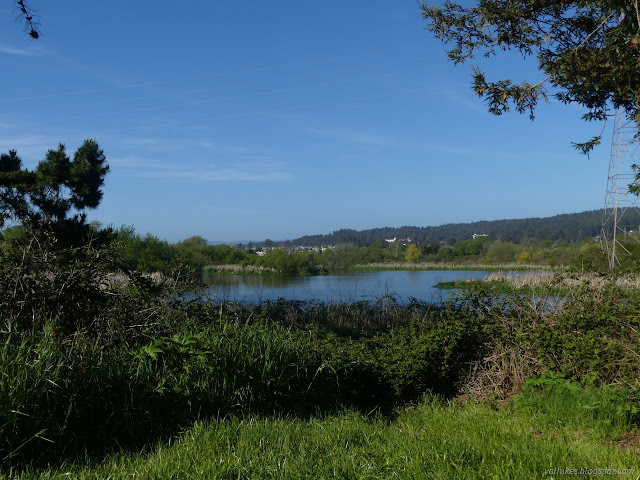

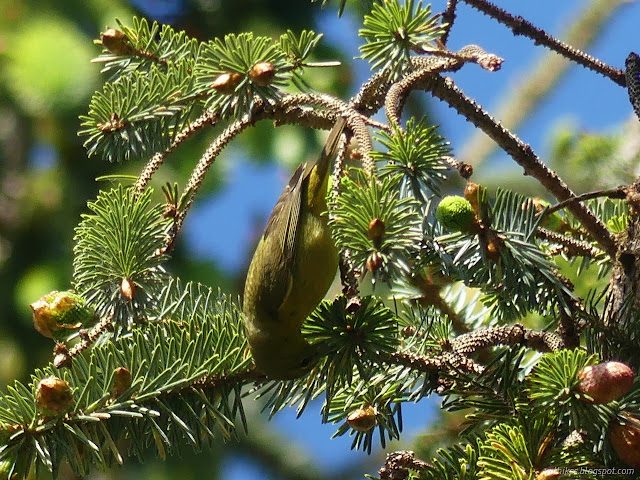
I headed down the mountain to follow a mysterious trail marked on the Adventure Lab app's map that turned out to be the no entry "service road" that isn't anything to travel. All the other maps know what "access=no" means. So I headed back over the top of the mountain on a shorter way back. Okay, so only some of those birds weren't the soggy ones that one might typically think to find in a "marsh". I didn't do a very good job of finding the feeder birds either. I did get a few firsts (says iNaturalist), though, and that's even better.
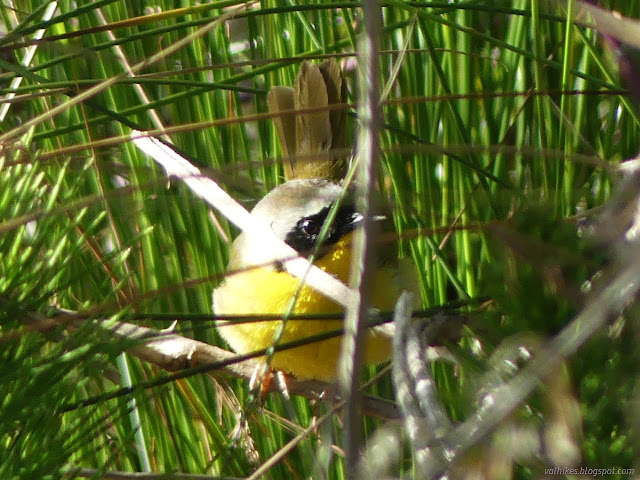
*photo album*
©2024 Valerie Norton
Written 27 Apr 2024
Liked this? Interesting? Click the three bars at the top left for the menu to read more or subscribe!





Comments
Enjoyed all the birds more
iNaturalist says I found 25 bird species (not all got a place even though some got two... sorry those birds) but any checklist for the area, even one purged of the birds that definitely won't be seen in this season, would have plenty more. They got birds.